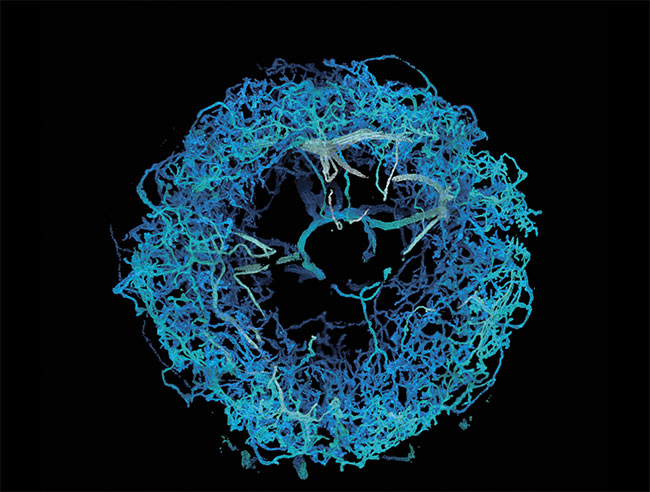As robotic and high-speed 3D imaging systems improve, research and clinical applications will benefit.
HANK HOGAN, CONTRIBUTING EDITOR
 Advancements in biomedical 3D imaging promise to improve research findings and clinical outcomes, thereby producing widespread benefits. In research, a combination of techniques will enable high-speed visual 3D imaging effectively below the diffraction limit,
allowing scientists to better track what goes on in the brain or to examine other tissues and organs. The results of these advancements could be discoveries about how the brain works and how diseases progress.
Fruit fly
Advancements in biomedical 3D imaging promise to improve research findings and clinical outcomes, thereby producing widespread benefits. In research, a combination of techniques will enable high-speed visual 3D imaging effectively below the diffraction limit,
allowing scientists to better track what goes on in the brain or to examine other tissues and organs. The results of these advancements could be discoveries about how the brain works and how diseases progress.
Fruit fly
Member Exclusive: To read the complete article, please Login or Register